a bowl of spinach, an orange, and two slices of breadThis project imagines a post-capitalist, post-Anthropocene world through the symbology of a personal allegory. Double-jumping in time, the project presents the imagined future as the past, contextualizing the series of objects as part of a museum exhibition in an even more distant future.After a generalized societal collapse brought about by the climate crisis in the early 2050’s, the emergent world was populated by a civilization governed by Renunciationist ideology that mandated the full renouncing of negative human impact on the planet. Renunciationists were split into two distinct ideological sects: Excavationists, and Object-oriented Transcendentalists. Excavationists adhere to anti-extractive principles of making and building by constructing spaces entirely from the electronic waste that accumulated in mass quantities during the Anthropocene. Object-oriented Transcendentalists believe in ritual practices of memorial-making designed to untether the body from the markers of state-imposed identity, uploading the self into an immaterial consciousness. Excavationist artifacts are presented in an imagined domestic space, while those from the Object-oriented Transcendentalists are presented as a site of memorial for an uploaded being. Both sets of objects are contained within the context of an imagined museum exhibition that explores this period in future-history.points of origin —
research questions —
What is the role of a maker in a world where everything we need is already here?What are the remnants and residues of the Anthropocene?What are extractive tendencies?What aesthetics, practices, methodologies, and cosmologies do extractive societies prioritize?What systems might emerge in the absence of extractive tendencies?How is time compressed into objects?How does capitalism define and dictate identity?How does landscape affect identity?Are bodies necessary?How might future societies depict the present?What is the role of personal allegory in storytelling?How might we use remainders to make using non-extractive methodologies?VASE DETERMINISM: AN OVERVIEW
In near-ancient times, (400 B.C.E., or approximately 2450 years PC) ‘Western’ human relations were governed by a creation mythology set forth by Plato[1], in which he described the process by which Zeus[2] created humans. Plato’s mythology explains that Zeus created humans by splitting them in half, effectively reducing humans to creatures with two arms and two legs from the original four in one body. As a result, humans were condemned to spending their lives roaming the earth in search of their other half. This mythology gave rise to the idea of the “soul-mate”; the idea that partnership between humans was pre-determined, and that successful partnership existed in monogamous relationships. It pervaded into all aspects of ‘Western’ culture, and implicitly galvanized popular belief around love, partnership, and heterosexual[3] relations for millennia. This mythology was outwardly rejected by both sects of Renunciationists post-crash.While the emergence of vase determinism is not yet fully understood by contemporary anthropologists, it is understood that vase determinism arose organically, and, remarkably, with near-unanimous consensus. However, the difference in ideology regarding how the emergent cosmology should be expressed through practice, (if at all), is what anthropologists largely agree generated the splitting of Renunciationists into two primary sects: the Excavationists, and Object-oriented Transcedentalists.Vase deterministic cosmology is grounded in the belief that prior to creation, humans are not one four-legged, four-armed living entity, but are large, inanimate, vase-like vessels, each materialized uniquely. At the moment of human birth, the mythologized vessel is smashed into pieces that scatter throughout both material and immaterial realms. The human that is born alive is considered merely one piece of the creation vase. The purpose of life, therefore, is to not search for another half of a human entity, but to search throughout the world for the remaining pieces of the vase. These pieces are manifested in myriad human and non-human forms, and can include landscapes, sensations, humans, relationships, objects, weather expressions, climates, works of art, and time. For Excavationists, the pieces of the vase exist tangibly, and have always existed in present reality. They believe that with each excavation, humans get closer to finding the pieces of their vase. Excavationists move about the world curiously, with a keen eye for observation, and a high regard for materiality as well as the intangibilities that make up a flourishing life. Thus, Excavationists have a tendency for the vast accumulation of physical objects within the living life of the body. Upon bodily death, all collected objects and representations of intangible pieces of the vase are amalgamated together to exist in lieu of a living body.Conversely, Object-oriented Transcendentalists believe that the pieces of the vase do not exist tangibly in the world, but exist immaterially within the body itself. Their goal is to discover, express, and make tangible these pieces by dissolving the body through ritual practices of making and unmaking both alone and in collaboration with other entities. When the death of the body occurs, the full vase is left behind in a tangible form of the body’s choosing and making as a place for the consciousness to reside.Though these beliefs were expressed differently, vase deterministic cosmology as a whole was the dominant belief system for the Renunciationists. It is impossible to overstate the importance of these belief systems in the emergence of humanity post-crash. All further reading on the Renunciationists should be understood in the context of these belief systems, as they were foundational to the Re-orientation.[1] A Greek who lived approximately 2450 years ago. Instrumental thinker in establishing the ‘Western’ canon of philosophy with such works as “The Republic”. See Glossary AR for full reference.[2] Mythological god of thunder and lightning. Focal point of most Greek myths. May or may not have existed.[3] Heterosexuality refers to the sexual attraction between members of the ‘opposite’ sex within the binary sex and gender systems. Heterosexuality occurred between those identifying as ‘male’ and ‘female’, as well as those identifying as ‘man’ and ‘woman’. This set of relations was the dominant form of sexual and physical relations between human entities pre-crash. For a full explanation of heterosexuality and its cultural influence, refer to the attached Gender appendix.*text excerpted from “A Synthetic History of Post-Anthropocenic Civilizations” (2187)*RENUNCIATIONISM: AN OVERVIEW OF POST-ANTHROPOCENIC IDEOLOGY
Vase determinism is the cosmological outcome of humanity's drive for a renewed spirituality after the crash. Renunciationism is the ideology that emerged out of this cosmology, and it formed the theoretical basis of all critical discourse and action of humanity after generalized societal collapse that occurred in 2052. This collapse was brought about by the synergistic effects of anthropogenic climate change, and was responsible for the destruction of capitalist production and the market drive for the accumulation of goods. At its core, Renunciationism is about the active subversion of the pre-crash paradigm of global capitalism, planned technological obsolescence, and constant resource extraction. Renunciationism is the belief that humans should renounce negative impact on the planet entirely, and exist without extracting earth’s resources. Renunciationism gave rise to two distinct ideological sects that emerged post-crash: Excavationism, and Object-oriented Transcendentalism that differed in their expression of how it was possible to renounce negative human influence on the planet. Artifacts from both of these civilizations are presented in this project - one in the context of an imagined domestic space, and the other in the context of a memorial.EXCAVATIONISM
Excavationism is the sect of Renunciationism that is grounded in an expansive post-capitalist materialism. Excavationists believe that in order to prevent further damage to the planet, all objects should be made solely of materials that already exist. Newness only exists through processes of amalgamating what has come before. In the emergent post-crash world of the 2060’s, the earth is home to an abundance of electronic waste that accumulated in the Anthropocene because of the gospel of planned obsolescence preached by technology oligarchs. By excavating these discarded materials from the earth, and amalgamating them together into bulbous, yet functional objects, Excavationists forge an eclectic existence. The act of excavating is an act of discovery, and of valuing materials that were rendered valueless by capitalism. Amalgamating materials together is both an act of honoring, and of coming home. Objects traditionally read as domestic are rendered in expansive forms that speak to the expanded definition of home under a paradigm of eclecticism. THE FOLLOWING SERIES OF OBJECTS ARE PART OF
“A SYNTHETIC HISTORY OF POST-ANTHROPOCENIC CIVILIZATIONS”
AN EXHIBITION AT
THE CENTER FOR THE STUDY OF THE POST-ANTHROPOCENIC ERA (C.A.S.E.)
COPYRIGHT 2187.
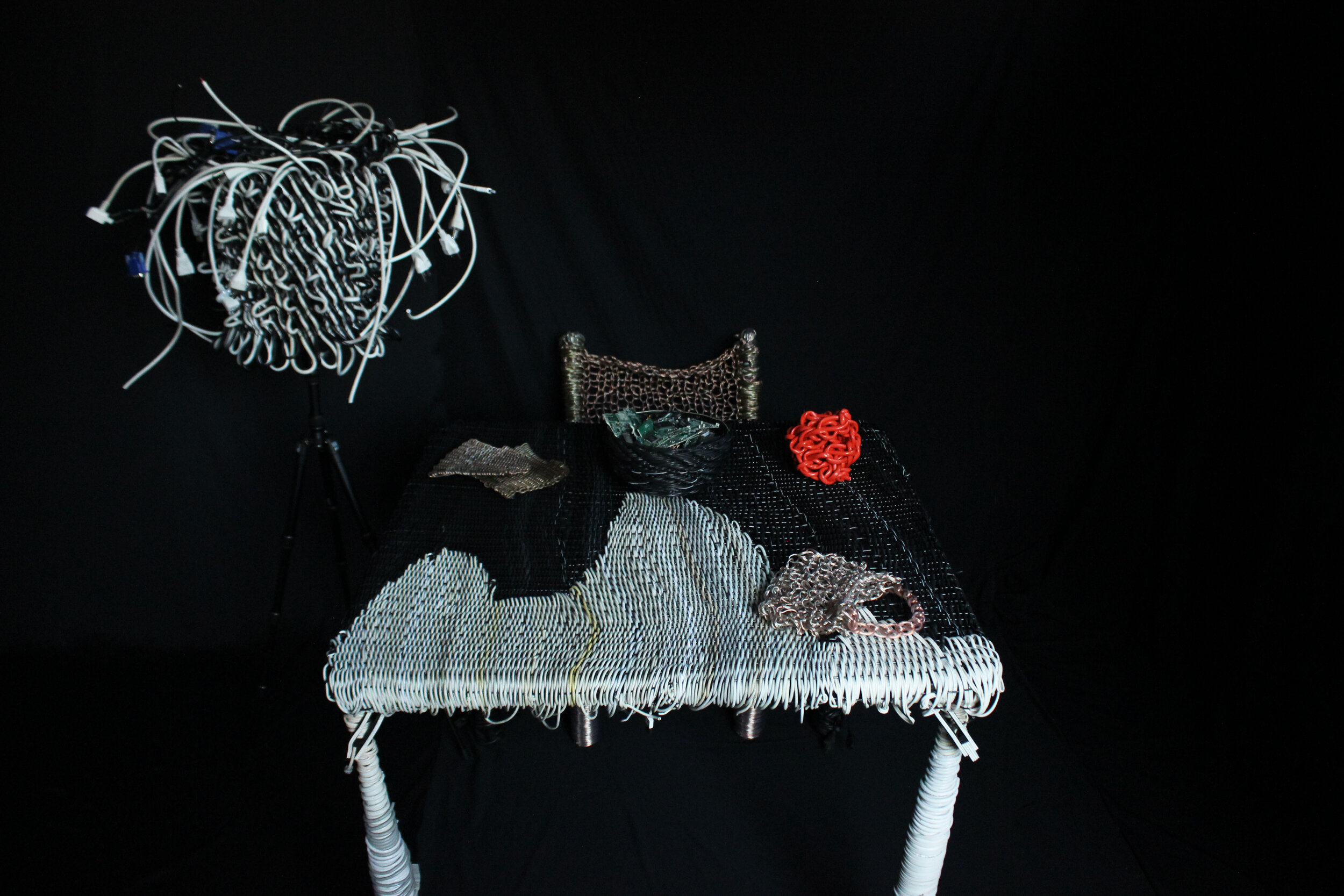


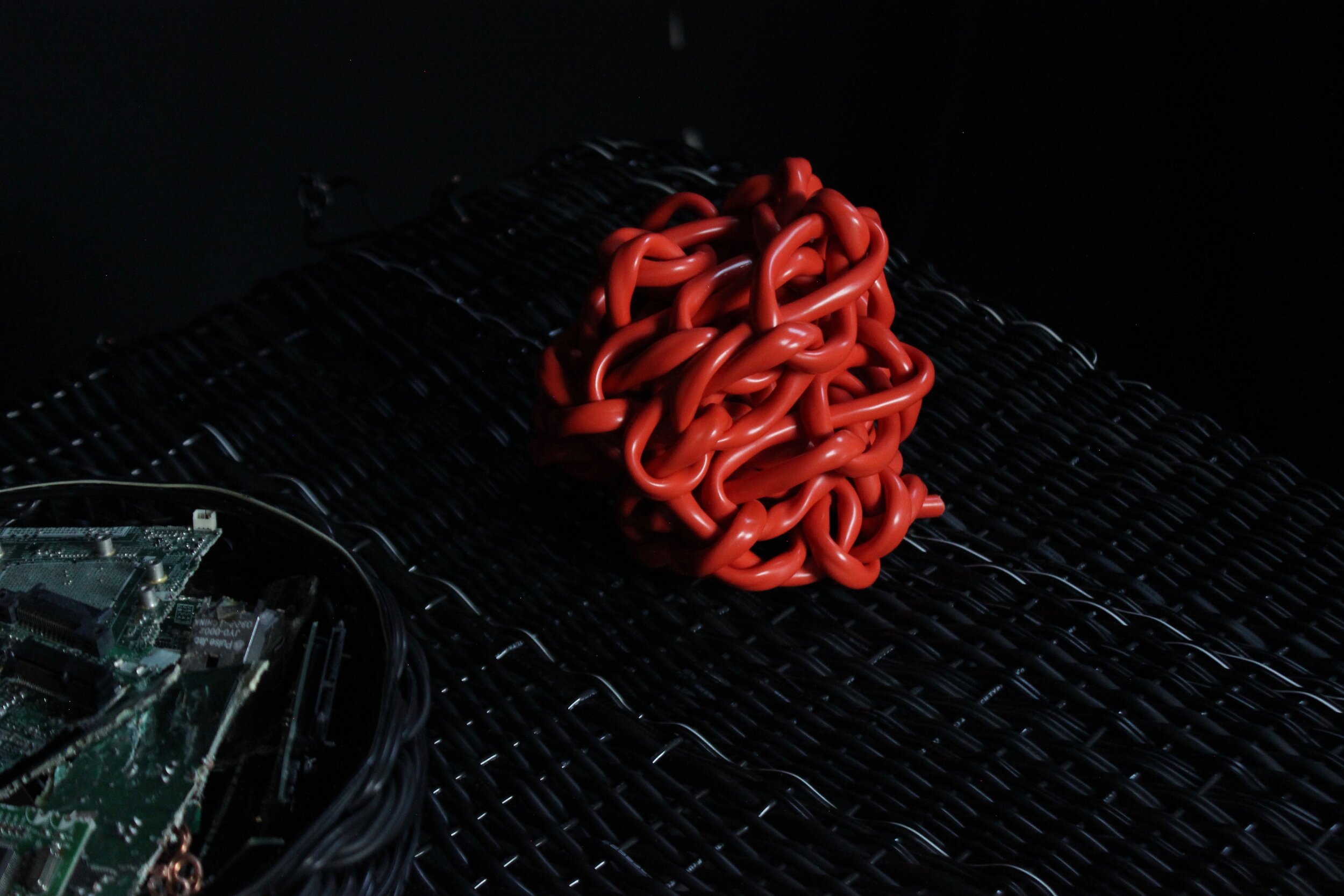

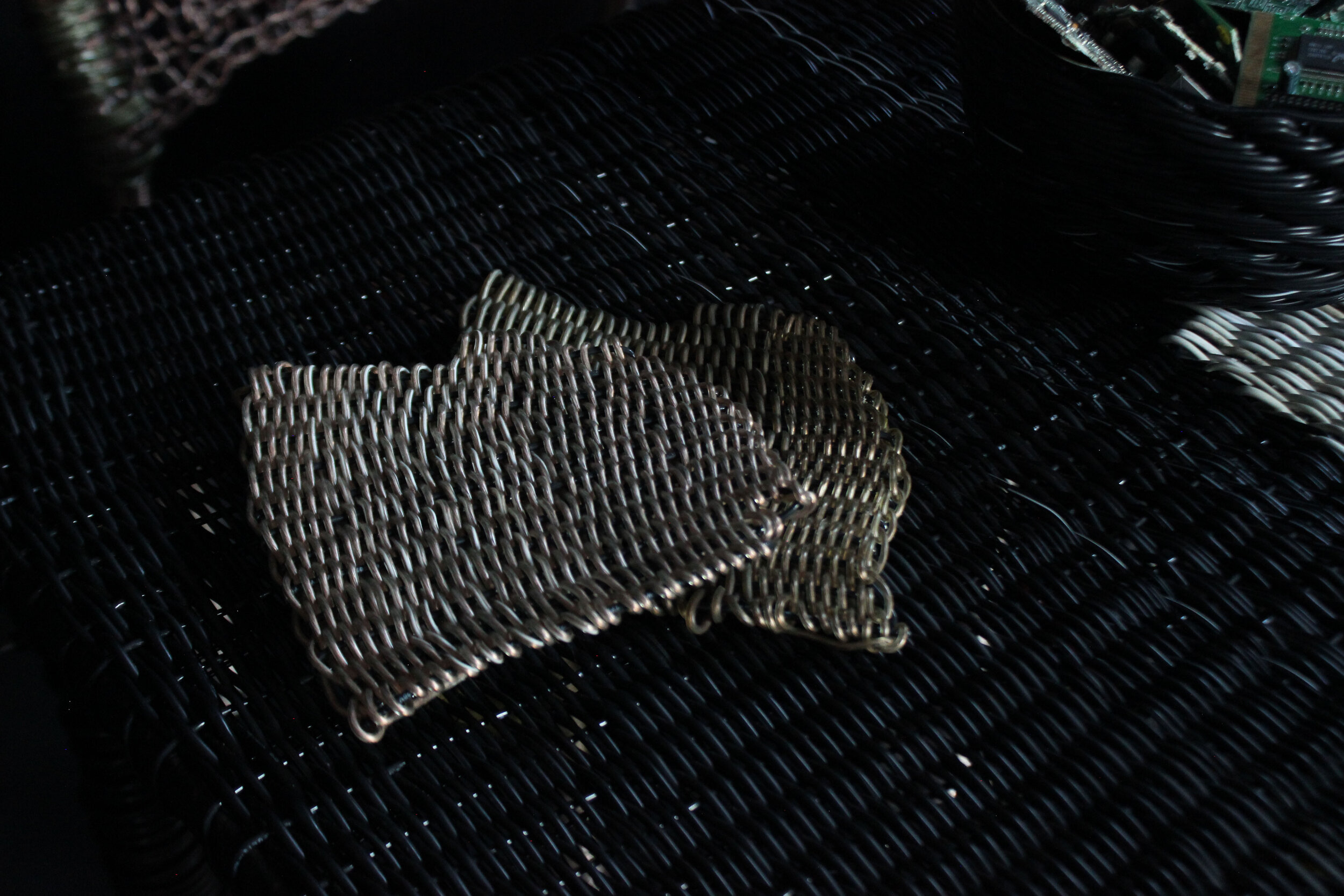

BODY HOLSTER
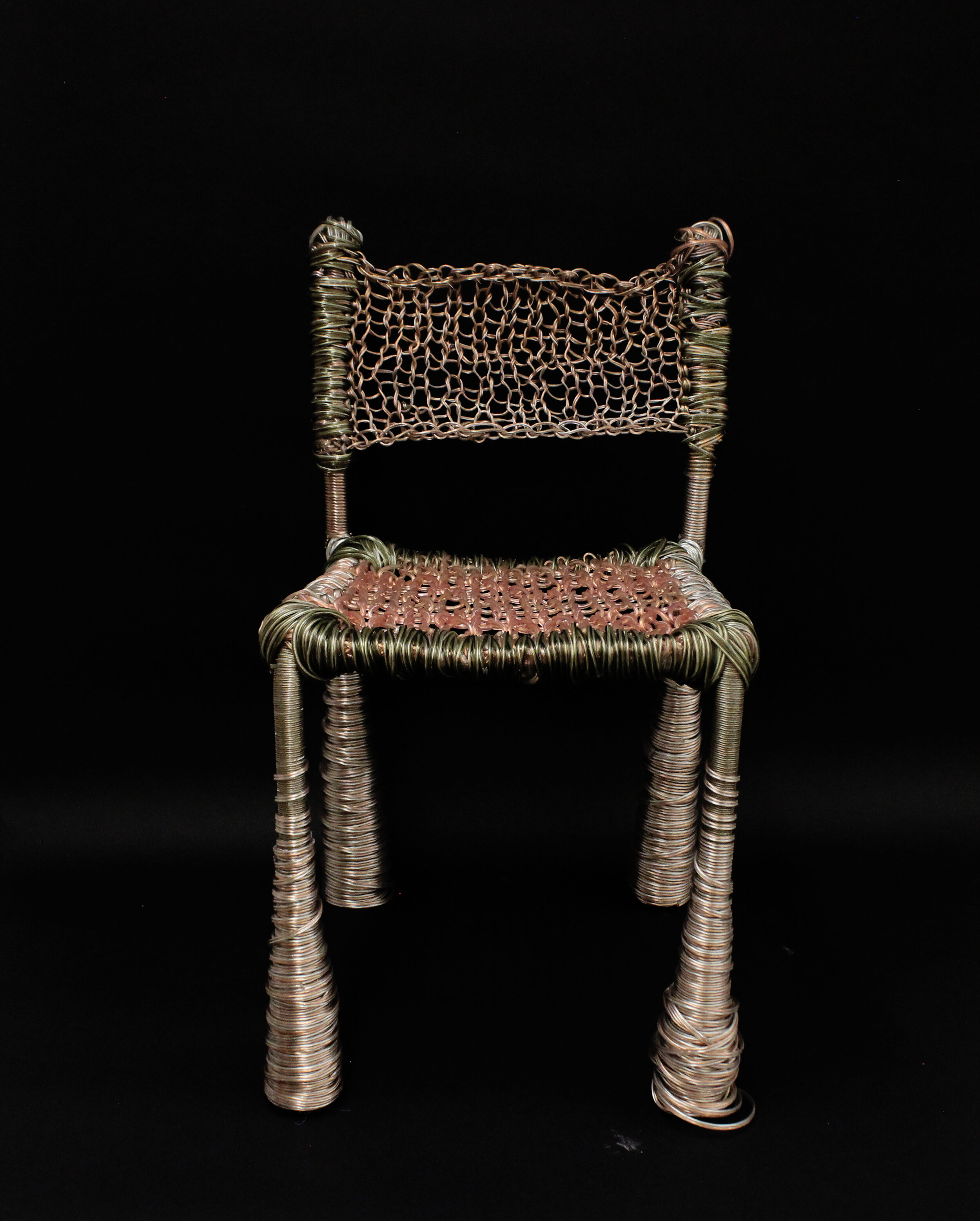













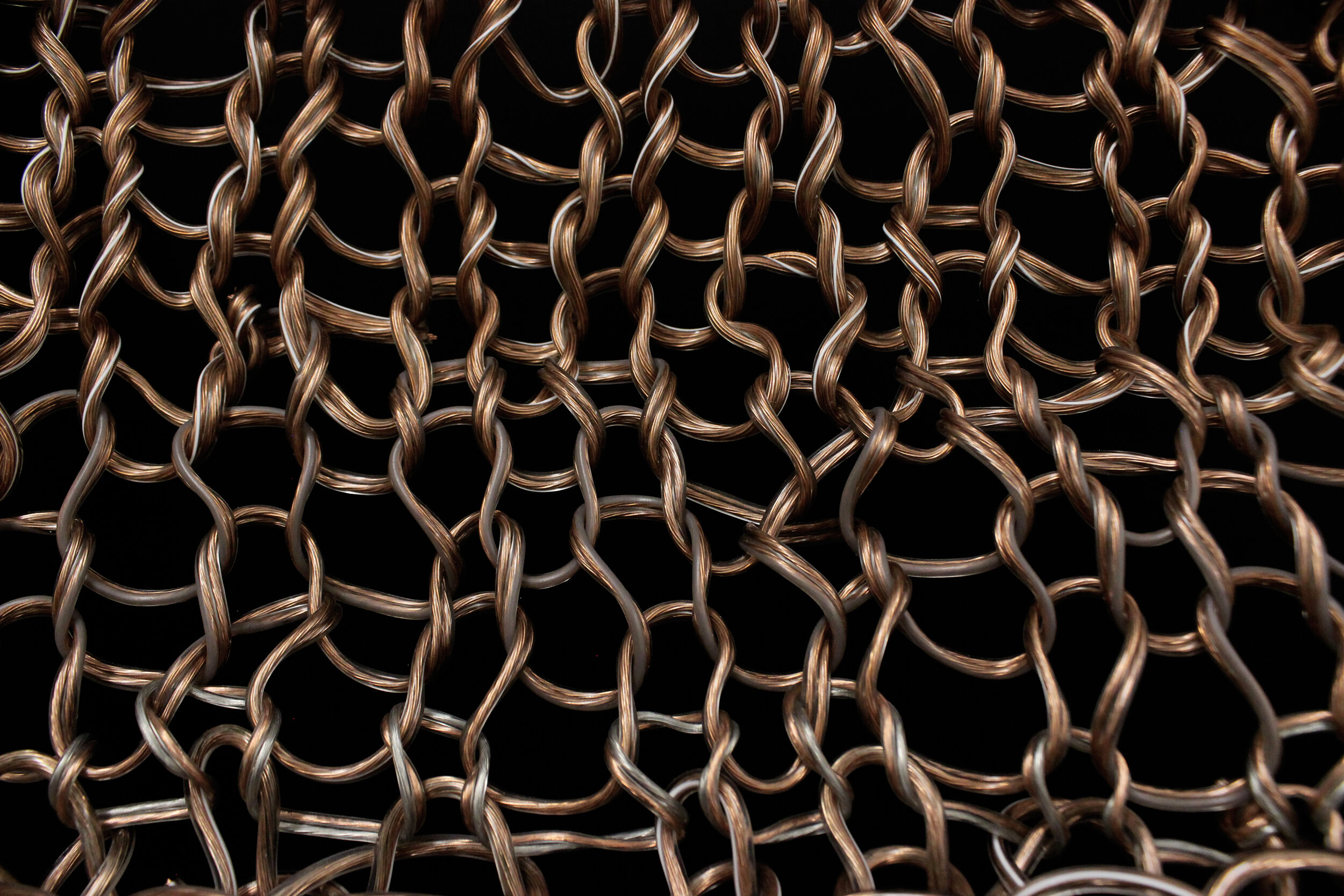

POSSIBLE EXCAVATIONIST BODY POSITIONING ON THE BODY HOLSTERAS DEMONSTRATED BYdr. URN NIKOLOPOULOSLEAD RESEARCHER AT THE CENTER FOR THE STUDY OF THE ANTHROPOCENE EPOCHPLANAR OBJECT HOLDER



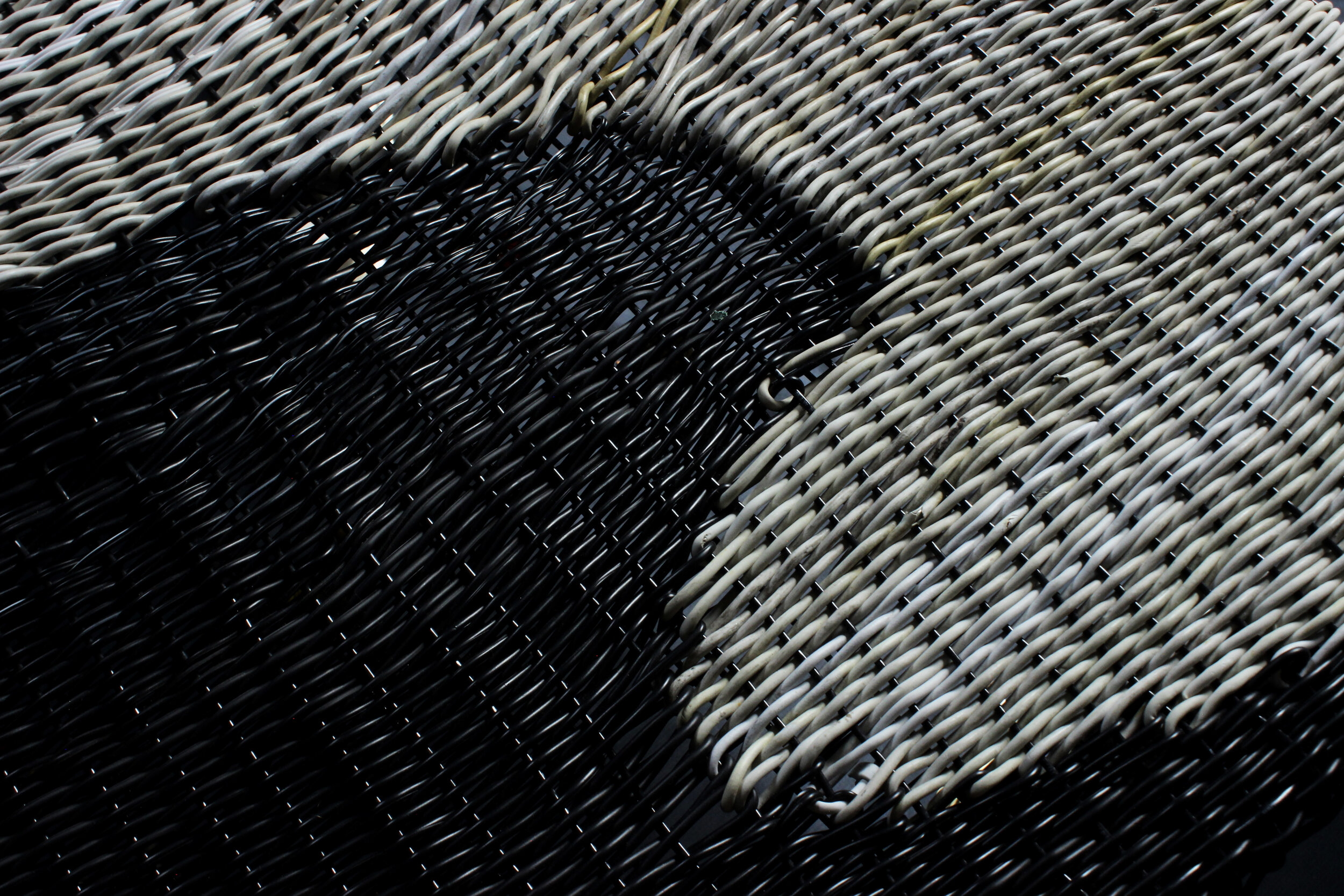
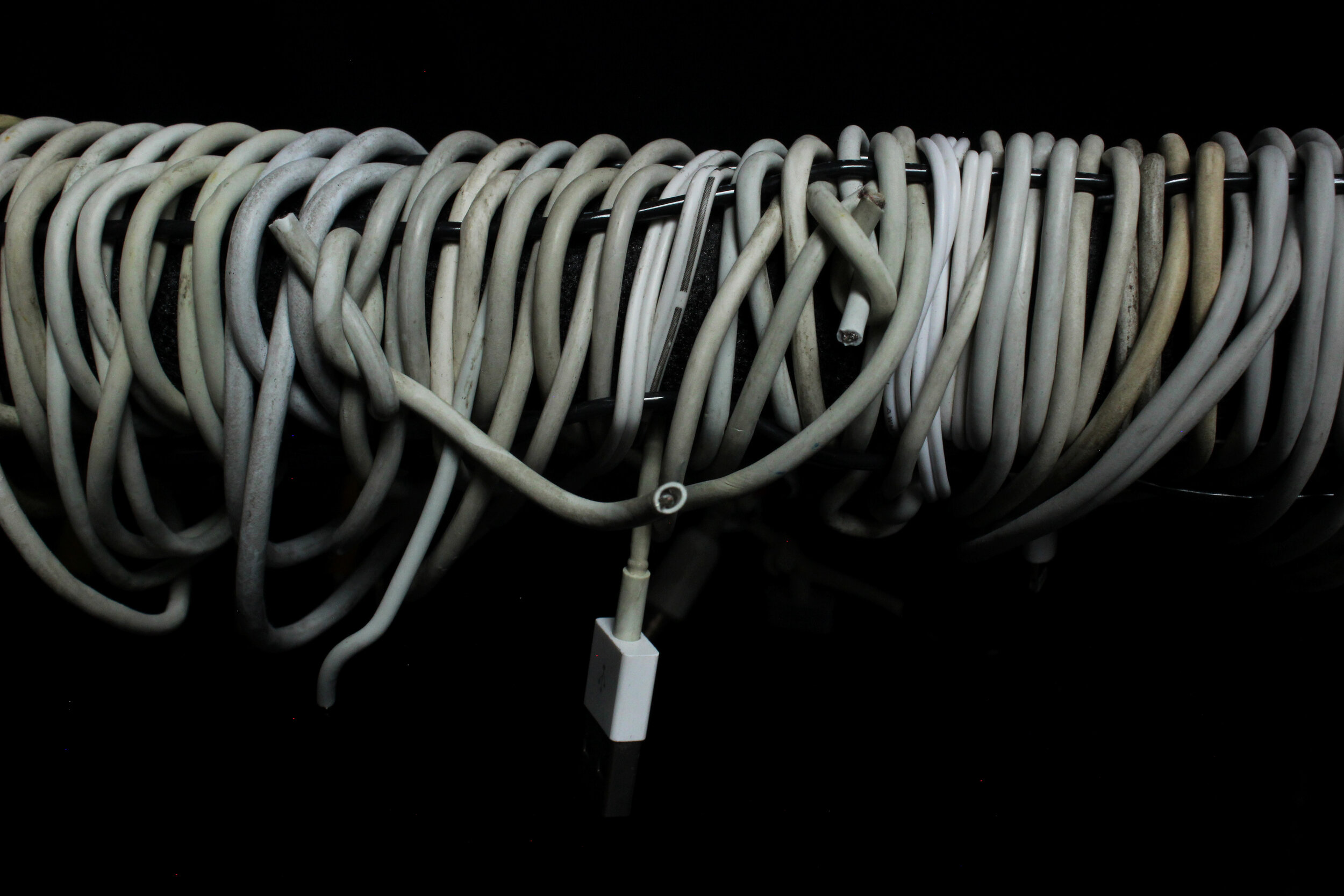




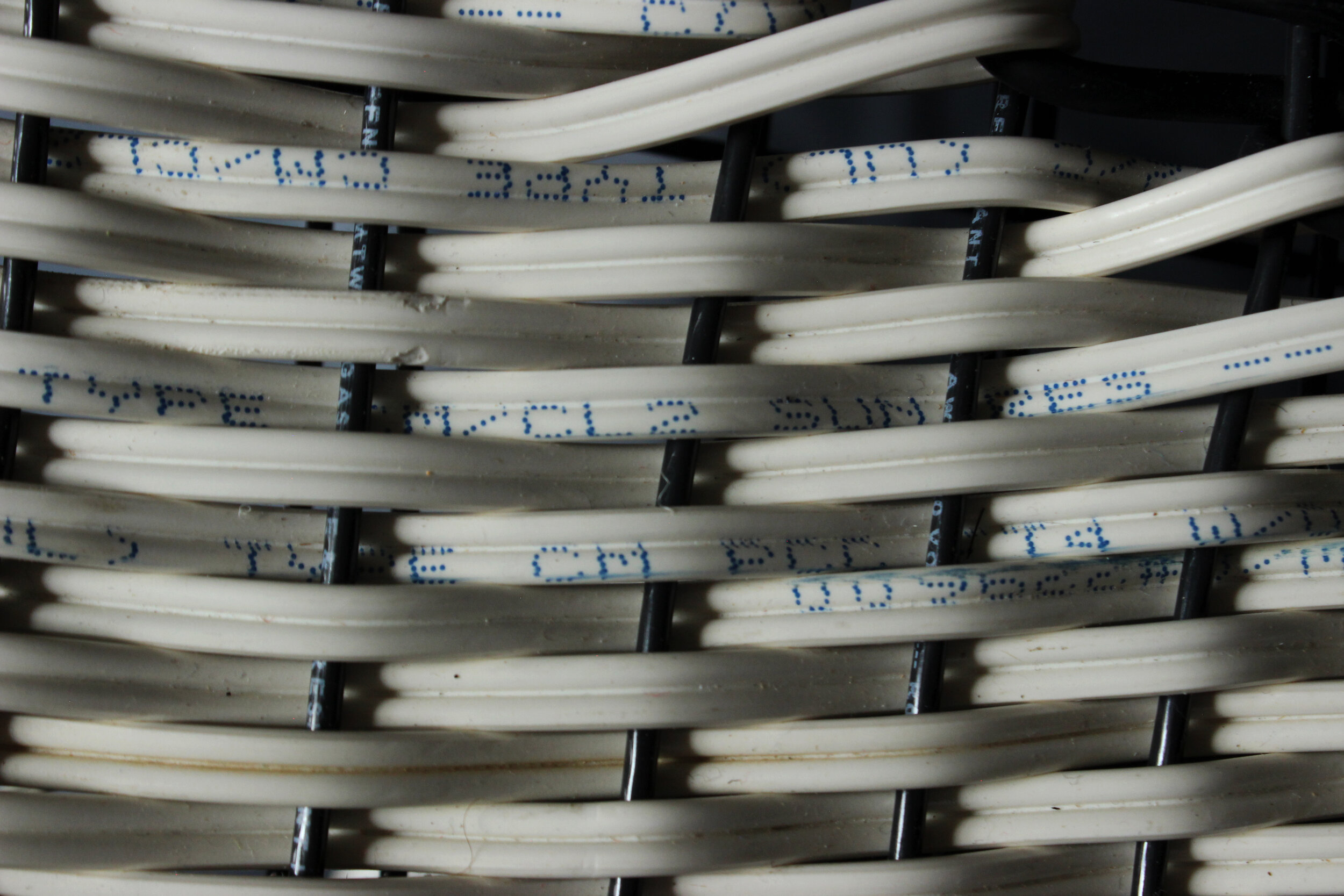





CONCAVE RECEPTACLE








ORANGE NUTRIMENT




PLANAR NUTRIMENTS

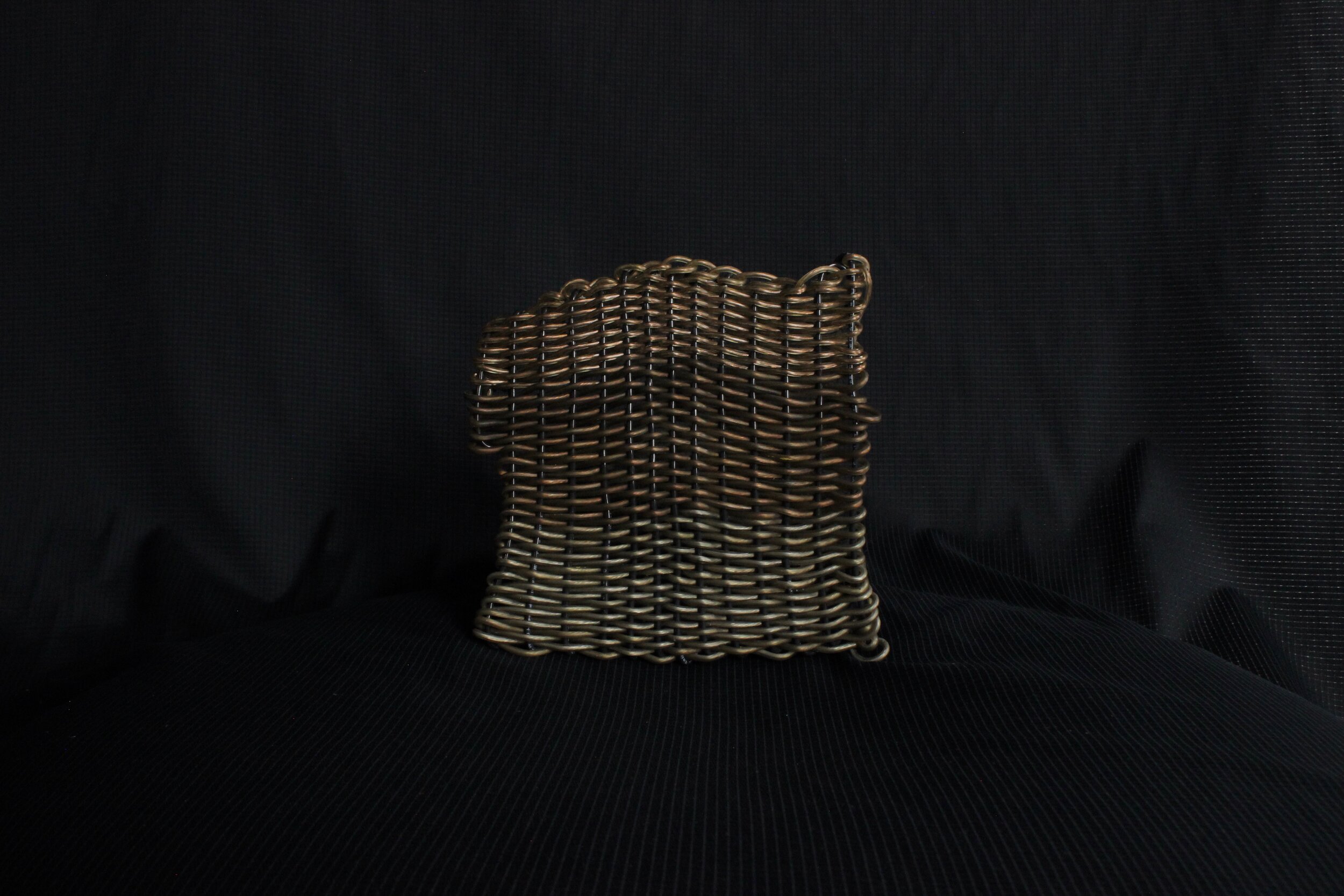














LOOPED VESSEL








FLEXIBLE CONTAINMENT VESSEL





OBJECT-ORIENTED TRANSCENDENTALISM: AN OVERVIEW
Object-oriented Transcendentalists are the sect of Renunciationism that believes the best way to renounce negative human influence on the planet is to separate consciousness from the body through ritual making processes. By making objects known as ‘Releasements’, Object-oriented Transcendentalists imprint their earthly identity into objects, thereby releasing their bodies into immaterial forms of consciousness. Releasing is an act of leaving behind - of creating remainder to mark the presence of a tangible body. Identities and bodies are constructed through context. The first releasements made by Object-oriented Transcendentalists are those that seek to release the body from the trappings of the state’s context - from the markers that define one’s identity and body under capitalism. This leaves a self free to explore and express identities that put the human as a situated being defined in relation to landscape. 







VASE RELEASEMENT

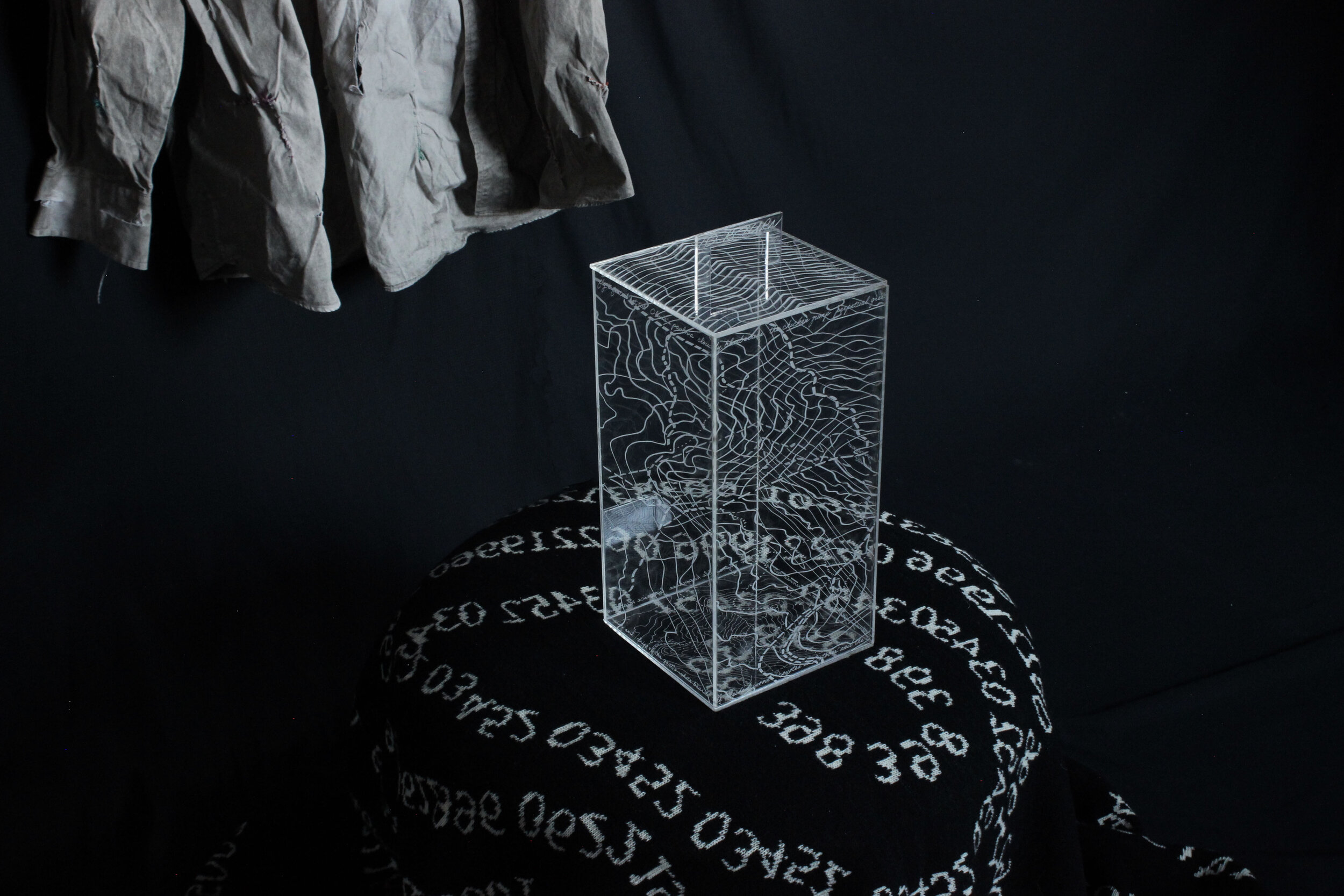







TOPOGRAPHICAL RELEASEMENT

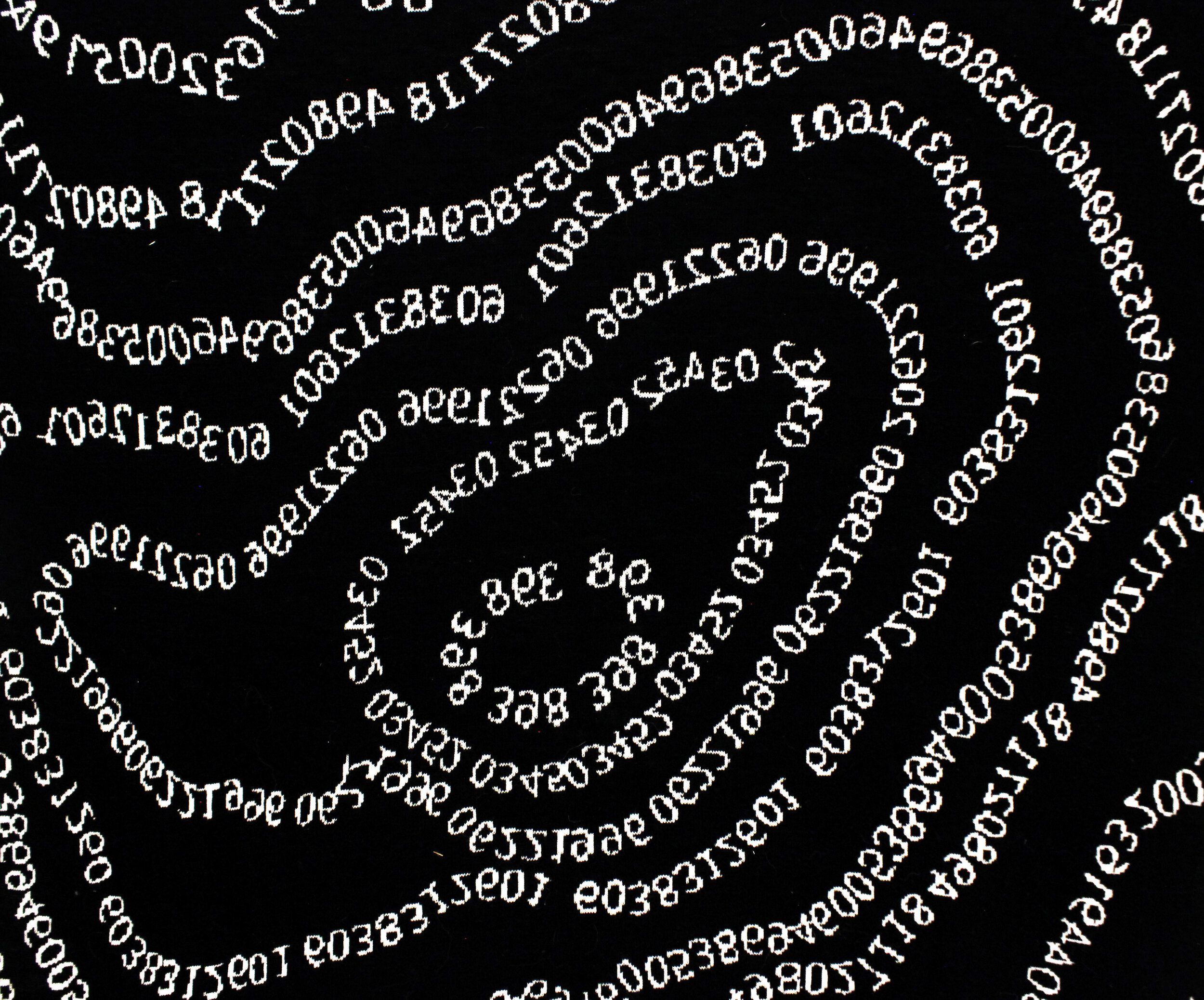




DETRITUS RELEASEMENT (ABSTRACTED SELF PORTRAIT NO. 14)





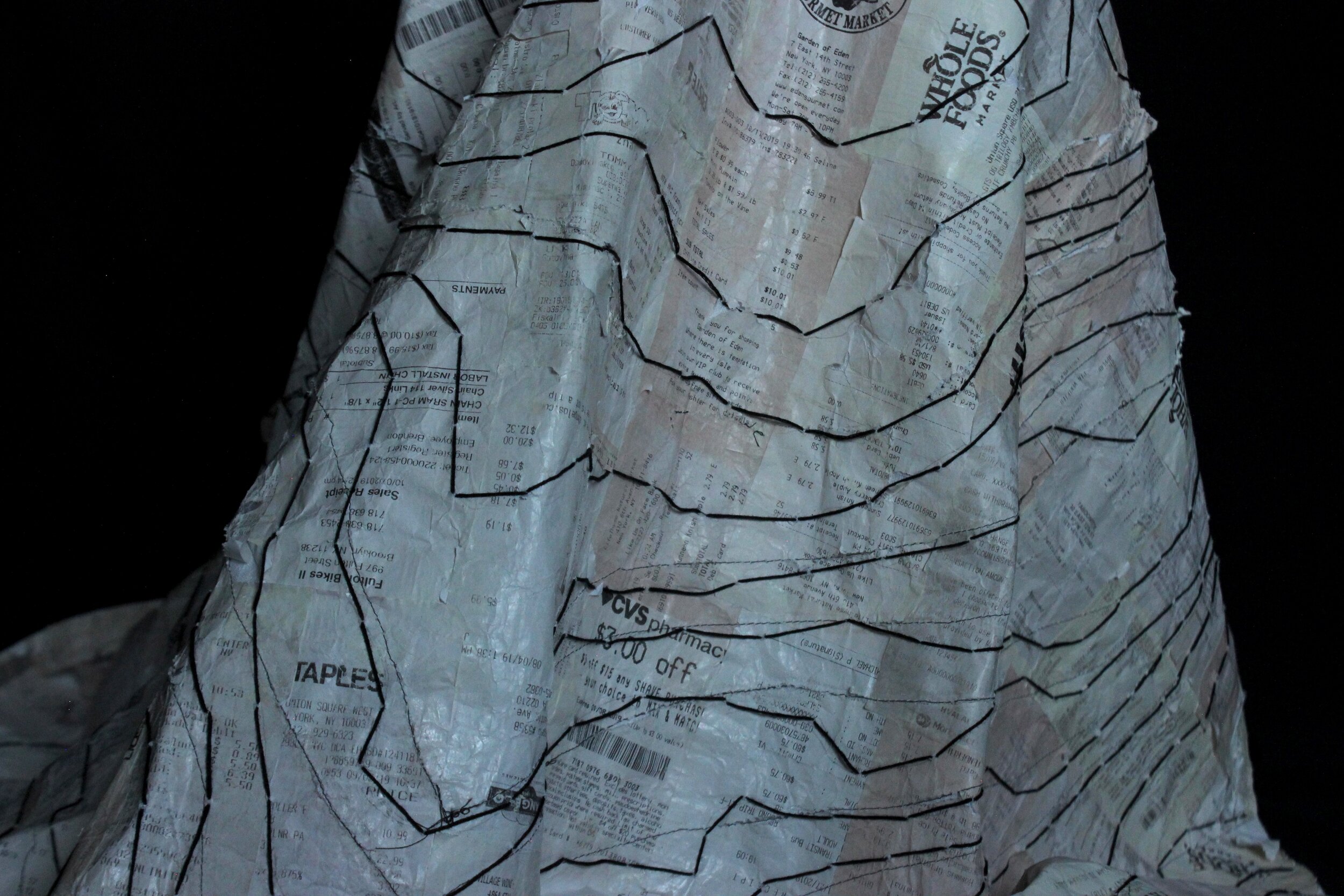
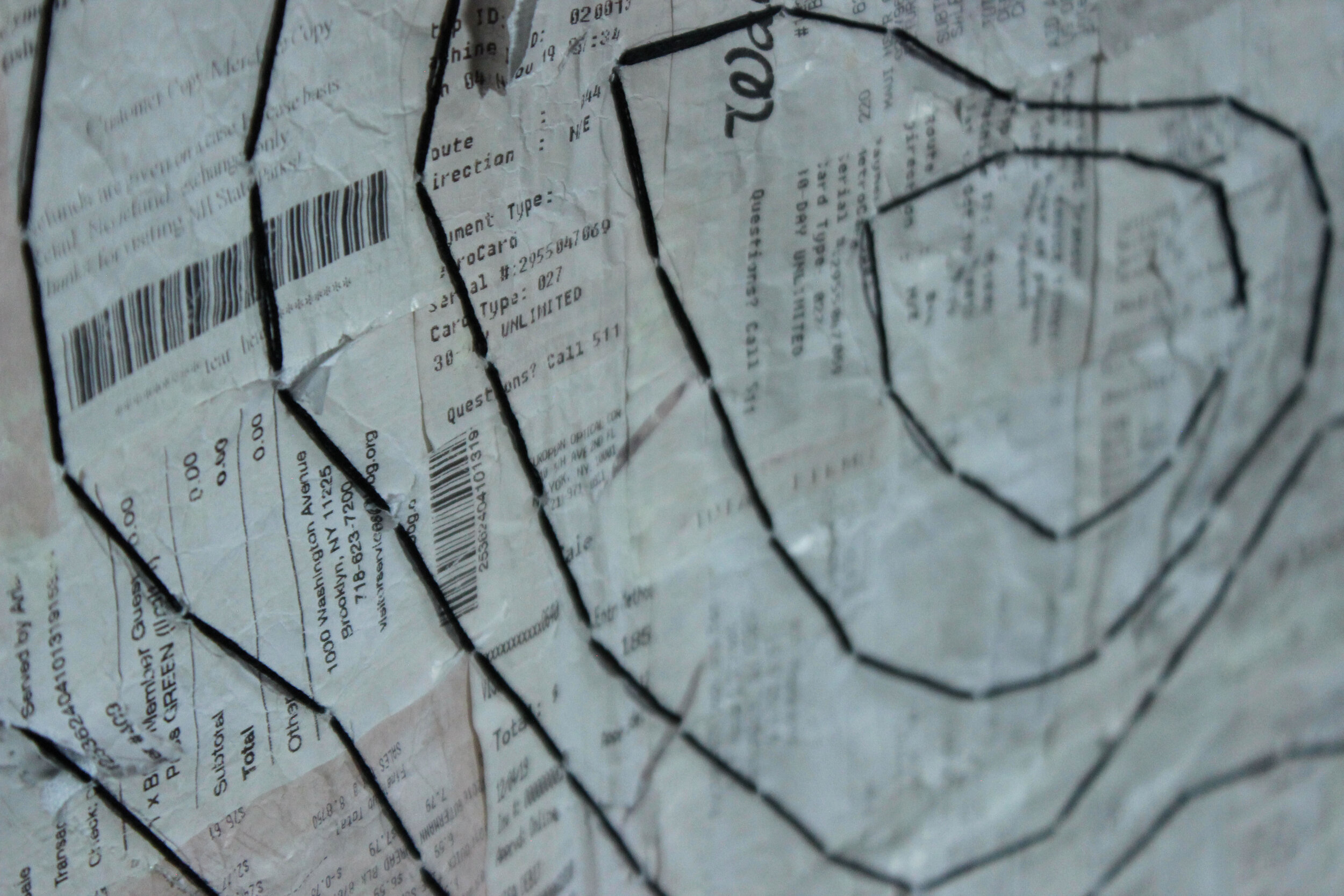

GARMENT RELEASEMENT



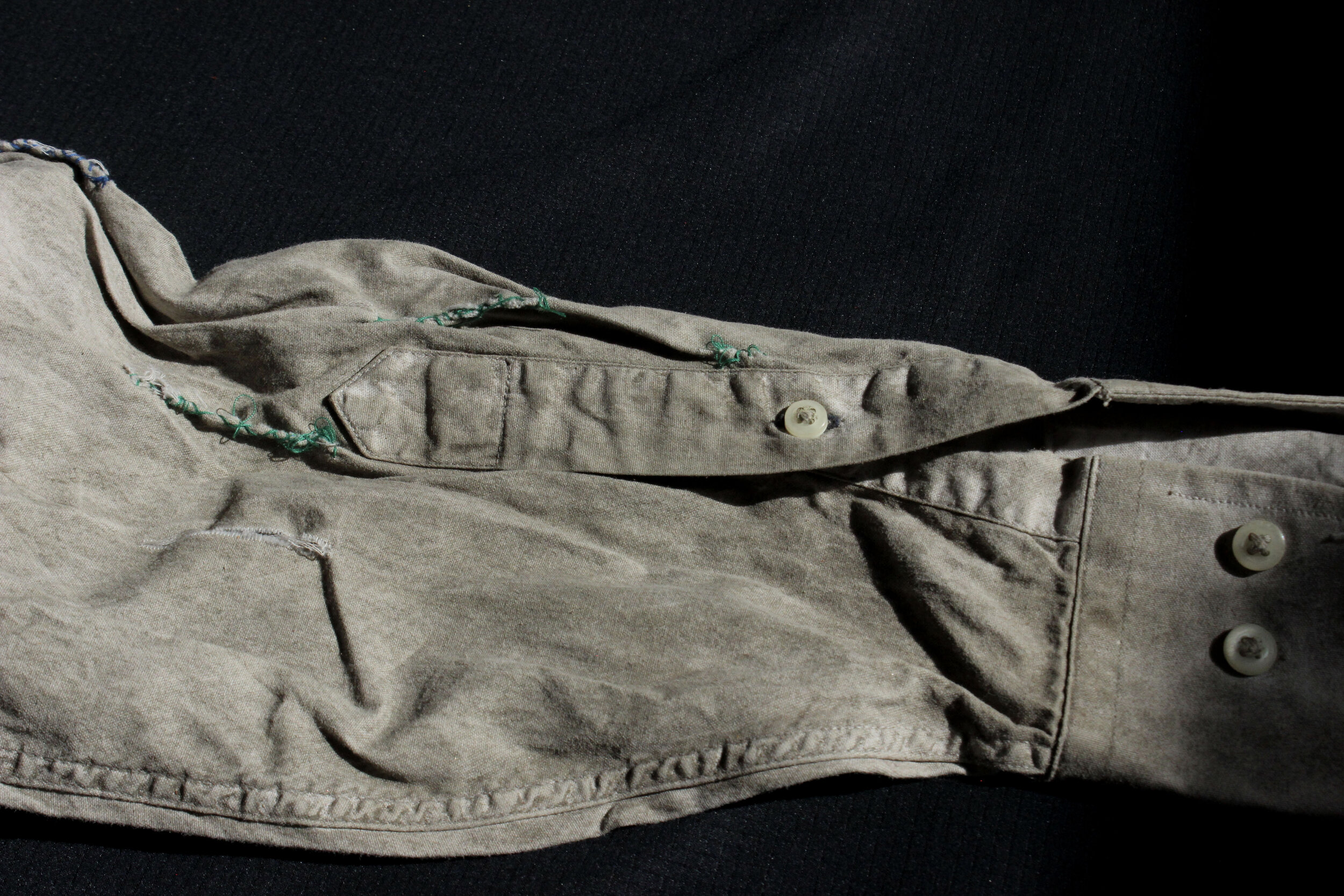

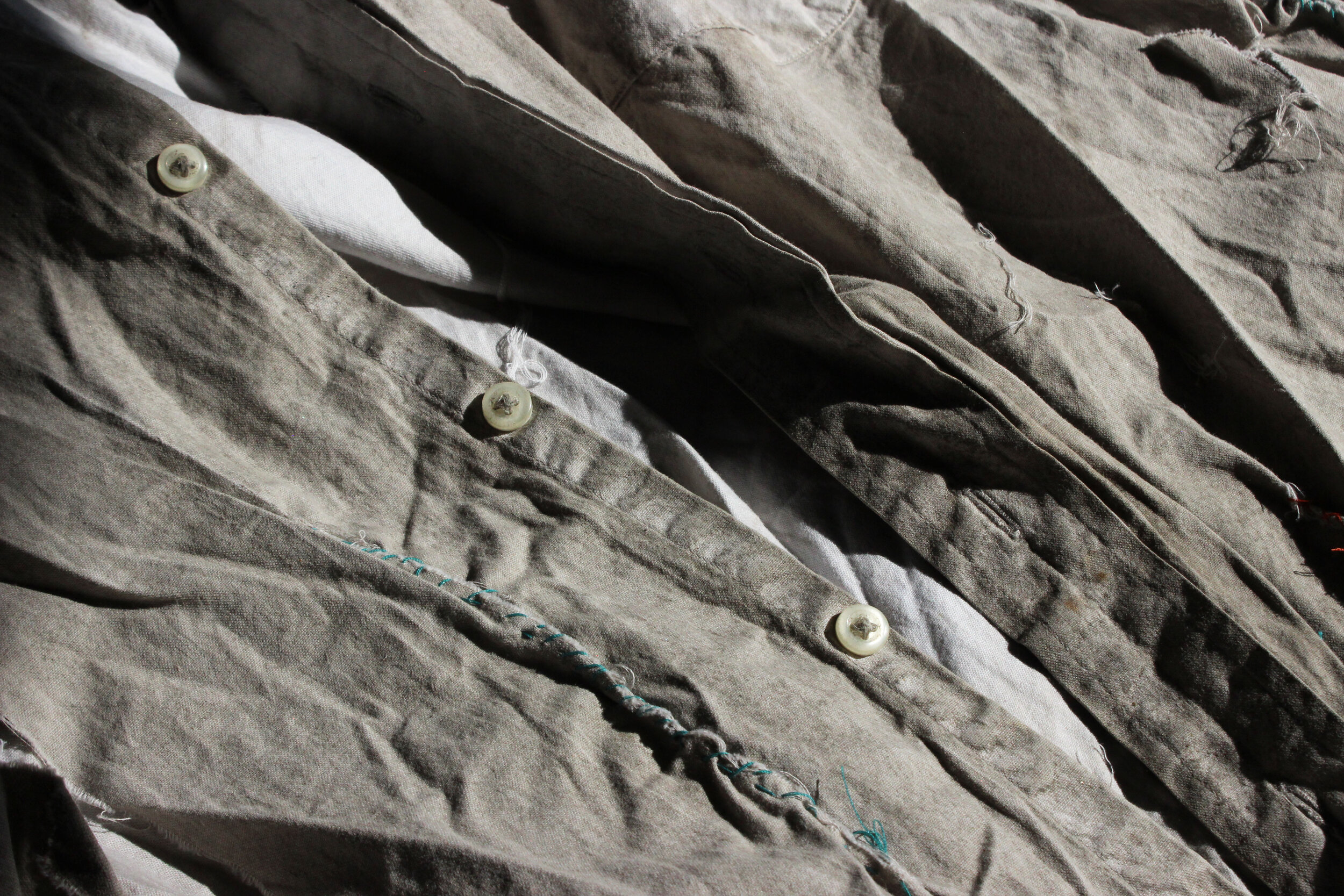


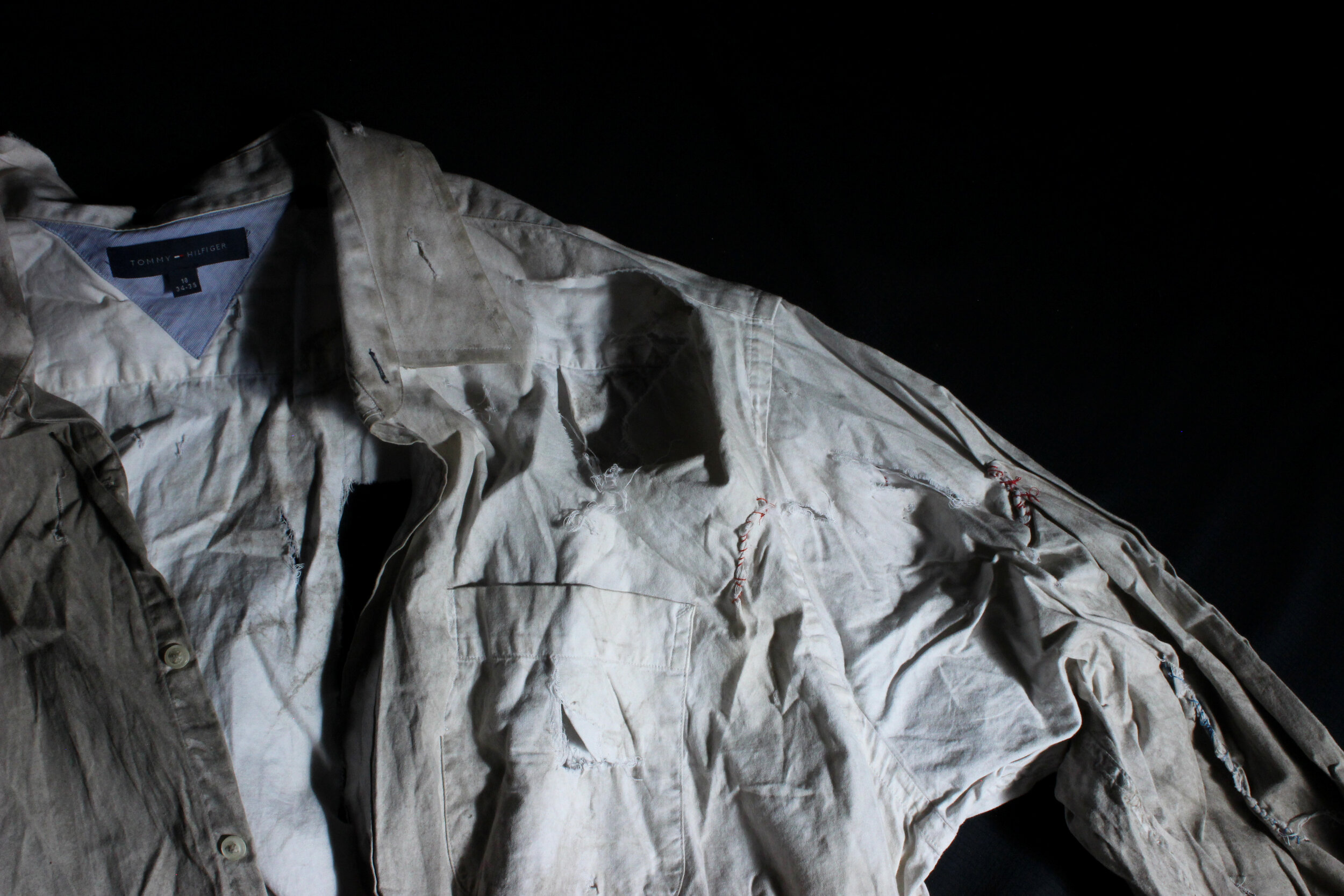
PROCESS
NOTES ON MATERIALITY: GATHERINGThe Excavationists of 2067 built their world from non-decomposable materials that were discarded during the Anthropocene. These are the plastics, rubbers, metals, and rare earths that comprise the electronic waste of today. These materials accumulate in mass quantities at formal sites of refuse as they proceed through the globalized process of recycling. In this process, e-waste is gathered (largely in the West), and shipped abroad (mostly to southeast Asia) where the components are broken down to recover gold and other rare metals. It is difficult to quantify just how much electronic waste is present today, as a portion of it is locked away in the boxes of old technology that are sitting in attics and basements. The e-waste recycling process is notoriously globalized and confusing, and many Americans are unsure what exactly to do with their old electronics, so they accumulate in households instead. The material for the Excavationist pieces has come from a variety of pre-recycling sources including eBay, Craigslist.com, the streets, and from the basements and attics of friends cleaning out old technology. The most reliable source for electronic waste is the Lower East Side Ecology Center’s E-Waste Warehouse in Brooklyn, NY. The LES Ecology Center’s E-Waste Warehouse collects, recycles, and refurbishes technology and materials from the local community. As a result, there is a constant rotating stock of materials; no two trips are the same. The function of the artist, then, is as a hunter-gatherer foraging through forests of e-waste to find the most usable gems to build their world anew.my bike outside the e-waste warehouse in Gowanus, Brooklyn. march 21, 2020.
NOTES ON MATERIALITY: TANGIBLE INTANGIBILITIESMaking the intangible tangible is achieved through digitization to generate physical outcomes or through performative means. In this series of artifacts, objects are made using variable forms of impressioning where the physical patterning or essence of a particular landscape or time is impressed onto or embedded within a chosen material. The process of creating tangibility began by accessing two types of imprints; that of a landscape, and that of the markers of state-oriented identity. The landscape of Mt. Monadnock, located in Jaffrey, New Hampshire, was made tangible through the digitization of its trail and topographical map. This pattern was mapped onto and imprinted into material by stitching, laser etching, and by knitting using a Shima Seiki 10gg digital knitting machine. This impressioning was juxtaposed with signifiers of one’s identity, according to the state; a passport number, bank account number, phone number, SSN, and street addresses. These two sets of signifiers are rendered across materialities of knitted wool, collected receipts, transparent acrylic, and cotton stitching to create outcomes that juxtapose and question the role and importance of state-oriented and landscape-oriented identity under capitalism. Other forms of tangiblization include the literal impressioning of landscape by dragging a garment across it to accumulate a record of urban movement. Energy flows across the body were made tangible through the use of Shima Seiki digital knitting technology. Together, these objects form a series of ‘releasements’ that speculate outcomes of one Object-oriented Transcendentalist’s acts of bodily releasement through making. ASCII: 080 101 116 101 114 032 083 097 108 101 114 097 DOB: 06 22 1996TELEPHONE: 603 831 2601STREET NO.: 398 65 860 290SSN#:05* 8* 9*60PASSPORT NO.: 4*8 02* 1*8LICENSE NO.: 06 083 065 077 96221H/W: 66/120 ZIP: 03452 03084VISA: 4491 6*20 1*76 0**0 1* 22 5*5DISCOVER: 4**0 6623 16*5 *31* 04 23 73*VISA: 601* 0*51 *48* 282* 05 *3 5*8CHECKING ACCT. NO.: 924 4*3 *07*SAVINGS ACCT. NO.: 9*2 60* 3*1 N#: 00407210PROCESS IMAGERY: GARMENT RELEASEMENT
for this piece, I tied a thrifted shirt to my ankle and walked around with it attached for seven days. it remained on my ankle every time I was in public, including on subways, in buildings, and once over the Brooklyn Bridge during a thunderstorm.



































